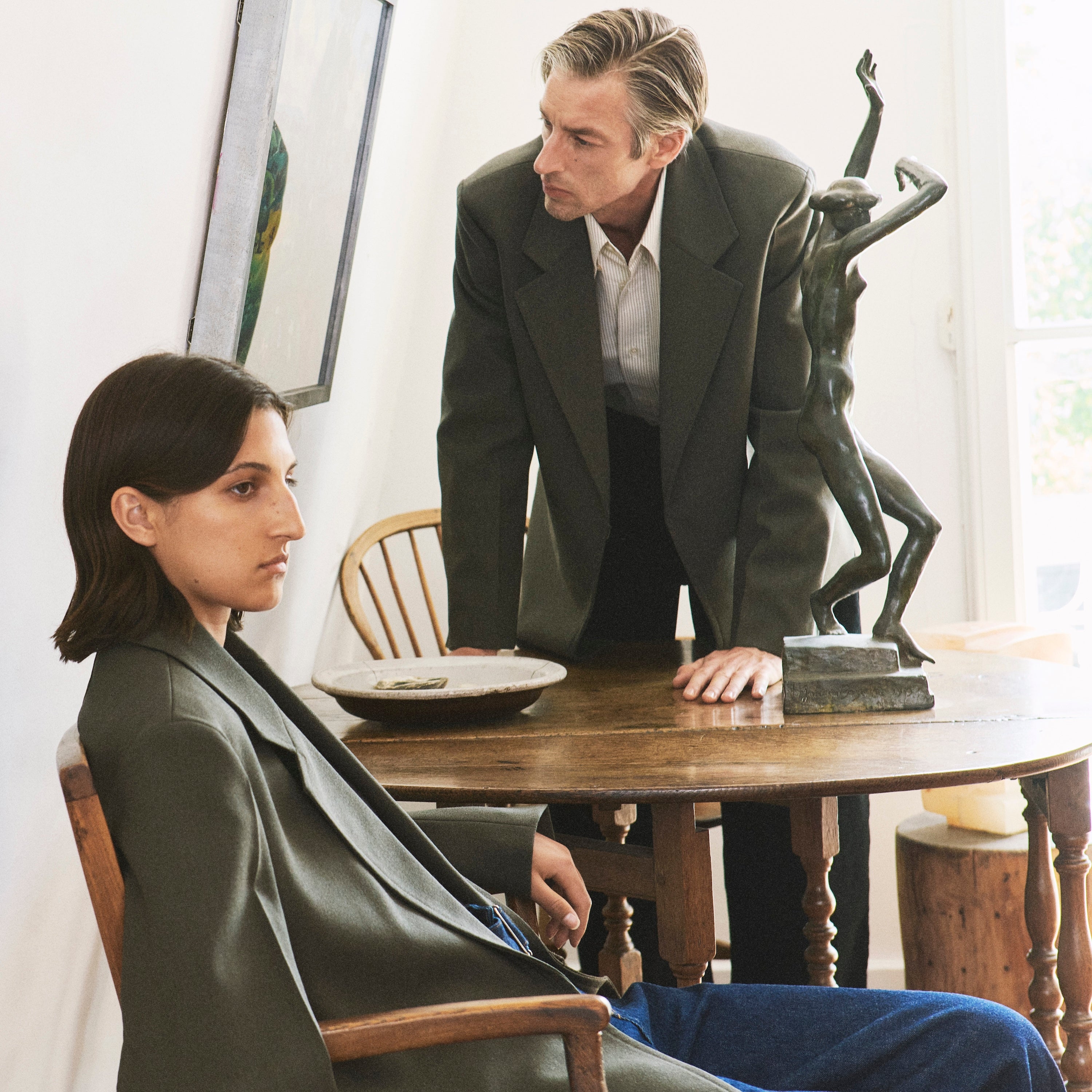



Photos: Yohie Imahori
There’s a very specific walk from the pretty canal-side district of Nakameguro to Daikanyama’s low-rise main street. Nakameguro itself is home to the city’s greatest pizza (Seirinkan) according to chef David Chang (and my mum, who accompanied me on this last trip) as well as the world’s greatest bookshop, Cow Books, and is worth a visit for both. I don’t know Tokyo well enough to tell you if it’s the most efficient route but I do know that if you have an interest in peeping into other peoples’ homes, the quiet, residential route will suit you to a tee. It’s clearly an area for the more affluent Tokyoite; the houses are sprawling in the context of the city’s ultra-compact living and are precise and perfectly formed in a kind of overpriced, architecture coffee table book sort of way.
The demarcation between pavement and road in this city is subtle. There’s a softness, a gentleness about both that encourages you to step absent-mindedly between the two. Risk of being run-over aside, it makes the place all the more walkable. For all the talk of the capital as mind-bendingly busy, it’s surprisingly filled with these perfect pockets of stroll-friendly quietness. The steep back streets that lead you up to Daikanyama have this feel. Cosy, still, elegant. At the top of this walk, just before you enter hectic Daikanyama itself is Kyu Asakura House, the very essence of cosy, still, elegance.
Commissioned in 1919 by local politician Mr Torajiro Asakura, chairman of the Metropolitan Assembly, the two-storey family home has survived wars, earthquakes and general disinterest. In the early 2000s, Pritzker prize-winning architect Fumihiko Maki, the brains behind Daikanyama’s famed Hillside Terrace, made a case for the building to be properly preserved and in 2004 it was officially recognised as “An Important Cultural Property.” For 100 yen, about 70p, the home is yours to tour for as long as you like. Come equipped with a decent pair of hole-free socks, Kyu Asakura is a no-shoe zone.
Despite playing home to one of the city’s political elites, Kyu Asakura is by no means grand. Now in its one-hundredth year, this Taisho-era structure, is, given its ‘mansion’ status, a model of restraint. That’s not to say there aren’t decorative elements here and there; the odd fusuma (sliding panel) and cupboard front carries faded, hand-painted ornate flowers, folding fans and the occasional wild-eyed dragon. They feel very much the exception to the rule in this version of the house though. The lack of personal belongings, ornaments and furnishings, all removed decades ago, may feel like a loss on the surface but their absence makes space for the building itself.
Wood is king at Kyu Asakura. Put to use in a hundred different ways, it’s the clappboard exterior of the house, canopied by clay tiles. It’s the creaking floorboards that cover the stretches of corridor along the perimeter of the house. It frames panels just about everywhere, most notably in sliding shoji doors. It’s the scent that hits you as soon as you arrive in the locker lined entrance hall.
Three Suginoma (Cedar Rooms) sit on the west side of the building. The centrepiece of the house, they overlook the gardens and so are filled with natural light that becomes a warm, comforting glow thanks to the intricate cross grain cedar that covers the surfaces. His favourite part of the house, here, Torajiro Asakura would meet private guests for assembly business chit-chat. These formal spaces take their cue from the sukiya teahouse style and represent a kind of fancy front room, off limits to the kids and designed to impress.
Aside from a lurid green carpet lining the ‘Western Room,’ traditional tatami mats cover most of the floors. They begin to make perfect sense on your shoeless journey around the house - soft, quiet surfaces, they change the quality of the light and feel homely, always ready to facilitate a nap.
Shadows are everywhere thanks to a considerable amount of latticework and all those frames within frames that split the sunlight across the corridor floors. Beautiful undecorated box lanterns light the inner rooms, washi paper softening the glow of modern bulbs. The detail is everything here and makes you question all the overthinking and over arranging of your own Kyu Asakura. It’s a sort of generous simplicity that’s strangely hard to achieve, particularly if you’re trying.
Standing in these seemingly bare rooms you suddenly notice the rounded inset handles, the little internal windows that open out onto the passageways, the faded fabric tatami trim, the neat brass catches, the imperfections in the old glass windows, the peeks of mossy, manicured garden you get from various angles. The rooms are empty but there’s always more. So off you go again, to the beginning.

